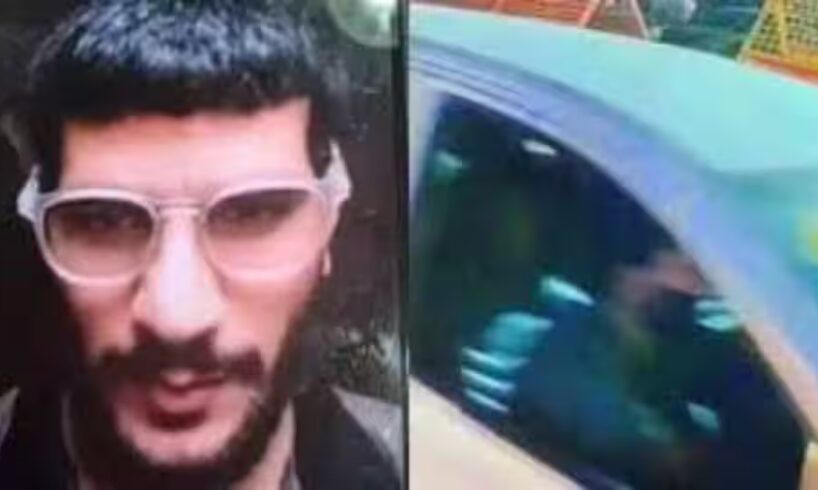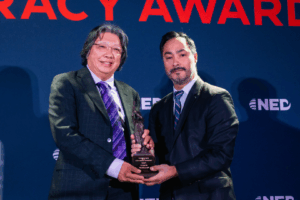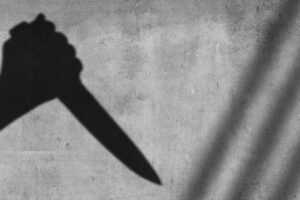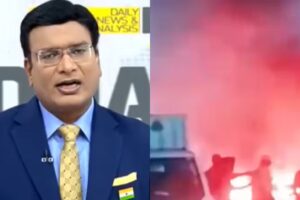
New Delhi: Investigators are racing to piece together the life and last moments of Dr Umar Un Nabi, the Pulwama-born doctor now suspected of sitting behind the wheel of the Hyundai i20 that detonated near the Red Fort and ripped through Delhi on the evening of November 10. DNA sample of his mother, Shamima Bano, has been collected from Jammu and Kashmir’s Pulwama to match with unidentified bodies at Lok Nayak Hospital in New Delhi as officers hunt for a final confirmation of identity.
Police and intelligence teams say the probe has traced the blasted i20 to a network of medical professionals who were allegedly radicalised online and coordinating secretly through encrypted Telegram channels. Officials describe the suspected ring as a “transnational and interstate module” with logistical bases in Haryana’s Faridabad and operatives spread across Kashmir, Haryana and Uttar Pradesh.
Dr Umar’s family members in Koil village told reporters that only the suspect’s sister-in-law was at home when officers took the sample. Officials emphasised that DNA profiling is central to identification because the blast left bodies badly burned and damaged. They said matching the DNA with unidentified remains at LNJP could prove whether Dr Umar died in the blast or escaped. Confirmation either way will shift investigative trajectories and operational responses.
Add Zee News as a Preferred Source
The police suspect Dr Umar was part of the same “Faridabad module” that surfaced after a massive raid in Haryana where an alleged cache of explosive materials, arms and ammunitions were seized. The suspected module, alleged the investigators, moved from encrypted chatrooms to rented rooms and then to deadly action on Delhi’s streets.
One of the Faridabad detainees, identified in reports as Dr Muzammil Ahmad Ganai, was arrested after officers reportedly seized 358 kg of suspected ammonium nitrate at a rented home in Faridabad’s Dhauj area.
Both Dr Umar and Dr Ganai were employed at Al-Falah University’s School of Medical Sciences and Research Centre. The shared workplace is now at the centre of a probe into how trusted professionals allegedly weaponised access, knowledge and mobility.
The Jammu and Kashmir Police have detained five people from Pulwama for questioning. Among those taken in are relatives and acquaintances of Dr Umar, including Amir Rashid of Samboora village, who is believed to be the present registered owner of the i20. Rashid’s brother and three others were also picked up for interrogation as investigators traced the car’s ownership trail.
The forensic hunt pivoted around ownership records and a long chain of sellers and buyers. Investigators described the vehicle trail: the i20 was registered in the name of a man named Salman, who told the police he had sold it to one Devender Singh; Devender said he had sold it to a man named Tariq; and the trail ended with Dr Umar.
One investigating officer said, “It was a long trail before we reached him (Umar). While we were looking for Tariq, we found that the car was last with Dr Umar. We were searching for him and then found that he was inside the i20 at the time of the attack.”
Officials believe Dr Umar panicked when two associates were arrested. The arrests included Dr Rather and Dr Shakeel, who were detained days earlier in connection with the explosive haul seized in Faridabad.
Sources say Dr Umar carried out the blast after the network began to collapse under police pressure. A senior officer said, “Yes, as per our initial probe, Umar was driving the car and is probably dead. We are checking with the doctors at the mortuary.”
The shock of the explosion prompted to take an urgent legal action. And therefore, an FIR was registered under the Unlawful Activities (Prevention) Act (UAPA) along with sections of the Bharatiya Nyaya Sanhita (BNS) for murder and attempt to murder and provisions of the Explosives Act.
Though sources claimed that the blast was “unintentional” and “premature” and took place while “relocating the remaining explosives”, there is no official confirmation in this regard. Investigators are still exploring whether the device detonated accidentally while being transported, or whether the blast was suicide strike.
Early forensic readings pointed to a high-intensity explosive mix consistent with Ammonium Nitrate Fuel Oil (ANFO) or an ammonia-gel based charge.
Officials claim to have seized catalogued material during the Faridabad raid that included 2,900 kg of suspected explosives and combustible material, with samples indicating ammonium nitrate, potassium nitrate and sulphur among the components. Authorities described the haul as “enormous” and said that the scale of the seizure suggested plans for multiple and high-impact operations.
‘Kitab Ka Keeda’
Family members in Pulwama reacted with stunned disbelief. Speaking to the media, Dr Umar’s sister-in-law said the family was baffled and devastated. She described his as “kitab ka keeda (bookworm)”. She added that Umar had last returned home around two months ago and that he had told them he was studying in the library and preparing for exams.
She said the family’s world had been upended and that Umar’s mother had worked hard to pull the household out of poverty. “He was our only hope to come out of poverty,” she said, her voice breaking.
Born on February 24, 1989, Umar completed his masters in medicine from Government Medical College, Srinagar, and later served as a Senior Resident at GMC Anantnag before moving to Faridabad.
Authorities have pointed to the alleged online radicalisation route as the key vector that turned professionals into operatives. They labelled the network a “white-collar terror” module, highlighting the chilling irony of medical professionals allegedly using their training, positions and mobility as covers for terror logistics.
Government sources have not held back on the strategic consequences of the attack. Describing the incident’s severity, they declared the strike could amount to an “act of war” and echoed a warning, saying that “Operation Sindoor is still on”.
Defence Minister Rajnath Singh told a conference in New Delhi that the nation’s top agencies were on the case and pledged relentless action. “The country’s leading investigative agencies are conducting a swift and thorough inquiry into the incident. The findings of the investigation will soon be made public,” he said.
He added with resolve, “I want to firmly assure the nation that those responsible for this tragedy will be brought to justice and will not be spared under any circumstances.”





